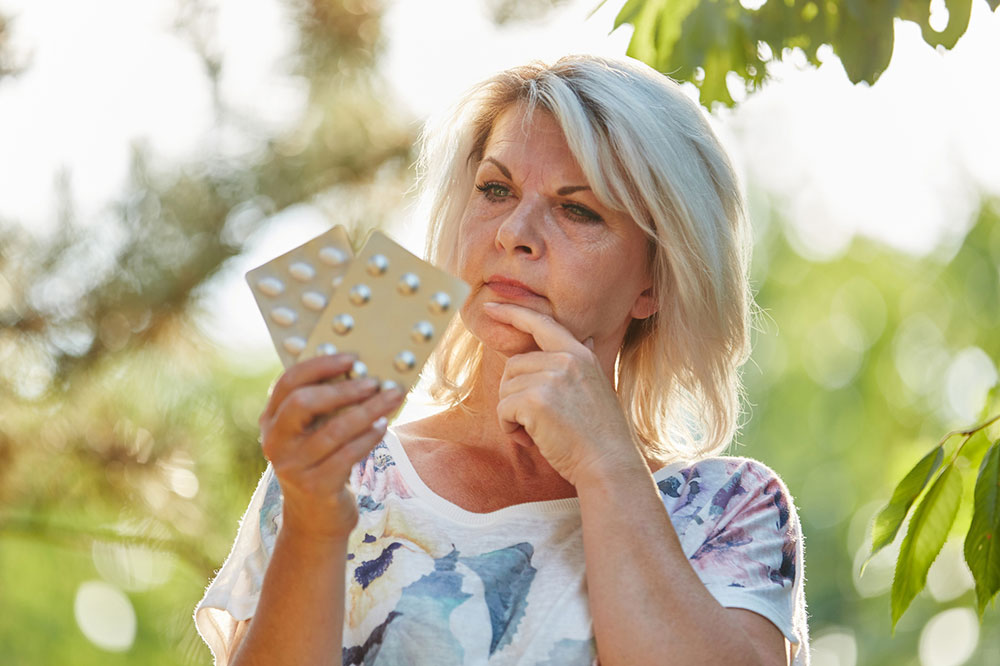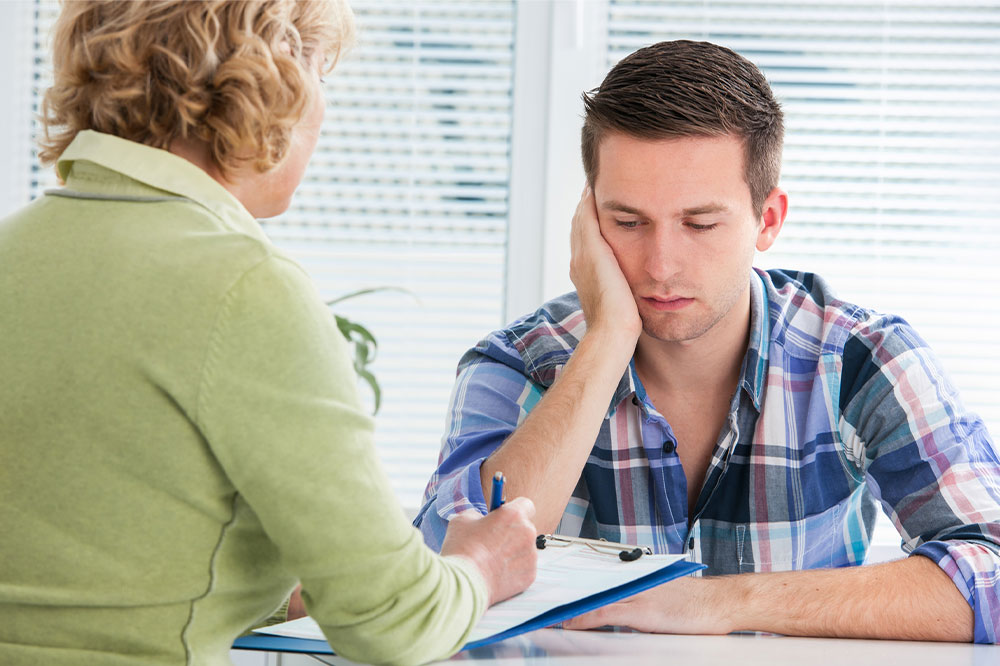Comprehensive Strategies for Managing Generalized Anxiety Disorder Effectively
Discover comprehensive, practical strategies for managing generalized anxiety disorder effectively. From journaling and relaxation techniques to exercise and professional support, this detailed guide offers actionable steps to alleviate symptoms, enhance mental well-being, and foster resilience. Empower yourself with proven methods to take control of your anxiety and improve your quality of life through sustainable habits and professional guidance.

Effective and Sustainable Strategies to Manage Generalized Anxiety Disorder
Living with generalized anxiety disorder (GAD) can significantly impact daily life, leading to persistent feelings of worry and unease across various spheres such as personal relationships, career pursuits, financial stability, and overall health. While medication and professional therapy are well-established treatment options, there is considerable value in adopting consistent daily coping mechanisms. These practical, evidence-based strategies can empower individuals to better cope with their symptoms, reduce anxiety levels, and enhance overall mental health. Implementing these techniques into your routine can bring about meaningful improvements and foster resilience against anxiety triggers.
Top Five Evidence-Based Approaches to Managing Generalized Anxiety Disorder
1. Maintain a Thoughtful Journal
Regular journaling serves as a therapeutic outlet for processing overwhelming worries. Instead of allowing anxieties to linger and spiral into rumination, writing down thoughts helps to externalize feelings, making them easier to analyze. You can dedicate specific times during the day to journal about your experiences, emotions, or fears. This practice enhances self-awareness, highlights patterns or triggers associated with anxiety episodes, and provides clarity on what intensifies or alleviates your worries. Additionally, artistic pursuits such as drawing or doodling can serve as a creative alternative to writing, offering similar emotional benefits. Over time, consistent journaling can help you recognize and challenge negative thought patterns, ultimately fostering a sense of control over your mental state.
To maximize benefits, select a quiet, comfortable environment for your journaling sessions. Whether you choose to write in the morning to set a positive tone for the day or at night to reflect on experiences, consistency is key. These moments of self-reflection can deepen your understanding of anxiety triggers and help develop personalized coping strategies over time.
2. Practice Relaxation and Mindfulness Techniques
Incorporating relaxation routines into daily life is crucial for managing anxiety. Techniques such as listening to calming music, engaging in guided meditation, or practicing deep breathing exercises can induce a state of relaxation. Using scents like lavender or chamomile during these practices can enhance their calming effects. For example, progressive muscle relaxation, where you systematically tense and relax muscle groups, can alleviate physical tension associated with anxiety. Yoga and tai chi combine gentle movements with breathing exercises, promoting mental clarity and physical relaxation. Moreover, spending time in nature—such as walking through parks or natural reserves—greatly reduces stress levels. Focused observation of your surroundings—the trees, water, animals—can ground your thoughts and foster a sense of peace. Developing a consistent relaxation routine can significantly diminish anxiety symptoms and improve emotional resilience.
Engage in mindfulness meditation by focusing on the present moment and accepting thoughts without judgment. This approach helps reduce rumination and enhances your capacity to manage stress when anxious feelings arise. Even a few minutes daily can produce noticeable benefits and create a mental buffer against future anxiety episodes.
3. Monitor and Manage Caffeine Consumption
While caffeine is often enjoyed for its stimulating effects, excessive intake can exacerbate anxiety symptoms. Caffeine activates the sympathetic nervous system, mimicking the body's fight-or-flight response, which can lead to increased heart rate, jitters, and feelings of nervousness. To promote better mental health, carefully regulate your caffeine intake—limiting coffee, black or green tea, energy drinks, and caffeinated products—especially in the hours before bedtime. Gradually reducing caffeine consumption can help prevent withdrawal symptoms such as headaches or fatigue. Replacing caffeinated beverages with herbal teas or infused water provides hydration without stimulating effects. Recognizing individual sensitivity levels is important; some people experience heightened anxiety even with small amounts, while others tolerate it better. Consulting with a healthcare provider can assist in creating a personalized plan for caffeine moderation.
Effective management of caffeine intake creates a calming physiological environment conducive to relaxation and better sleep, both of which are essential for mental health stability.
4. Engage in Regular Physical Activity
Exercise is a powerful natural remedy for reducing anxiety symptoms. Physical activity stimulates the release of endorphins—neurotransmitters that act as natural mood lifters—while simultaneously decreasing levels of stress hormones like cortisol. Choosing enjoyable activities such as brisk walking, dancing, swimming, cycling, or team sports ensures sustainability and positive association with exercise. Regular movement, ideally at least 30 minutes most days of the week, can enhance sleep quality, boost self-esteem, and provide a healthy outlet for emotional expression. Incorporate outdoor activities into your routine whenever possible; exposure to sunlight and natural surroundings amplifies mood-lifting benefits. For those with busy schedules, short, frequent bouts of activity—such as stretching or quick walks—can be effective adjuncts. Over time, consistent exercise can significantly decrease the intensity and frequency of anxiety episodes, fostering mental resilience and physical health simultaneously.
Remember to consult with a healthcare provider before beginning new exercise routines, especially if you have existing health conditions. Personalized plans can maximize benefits and ensure safety.
5. Seek Professional Mental Health Support
While self-help strategies are beneficial, professional guidance provides targeted support tailored to your needs. Therapy options such as cognitive-behavioral therapy (CBT), acceptance and commitment therapy (ACT), or medication management can offer lasting relief from GAD symptoms. Cognitive-behavioral therapy, in particular, is highly effective in identifying and restructuring negative thought patterns that fuel anxiety. Through gradual exposure techniques, therapists help clients confront fears in a controlled environment, reducing avoidance behaviors. Combining therapy with medication prescribed by a psychiatrist can optimize treatment outcomes, especially for severe cases. Building a trusting relationship with a mental health professional fosters open communication, supports emotional healing, and equips you with personalized coping tools. If you are hesitant about seeking therapy, start by discussing your concerns with trusted friends or family members who can support your journey toward professional help. Remember, persistence and patience are key, and early intervention can significantly improve your quality of life.





